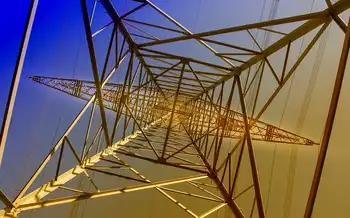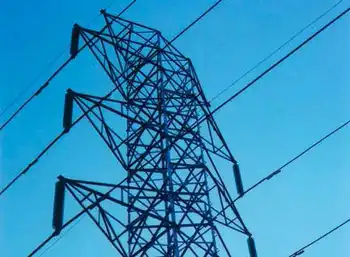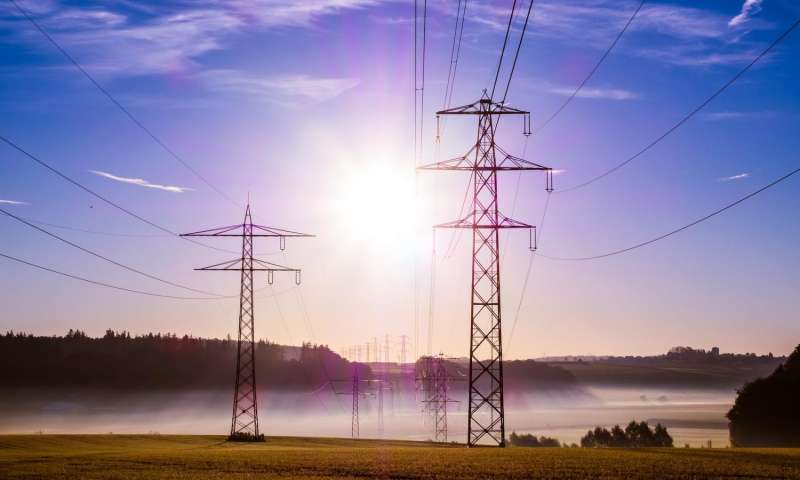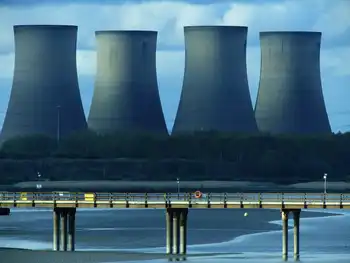Kampala MPs Want Electricity Act Amended
By The Monitor (Kampala)
NFPA 70b Training - Electrical Maintenance
Our customized live online or in‑person group training can be delivered to your staff at your location.

- Live Online
- 12 hours Instructor-led
- Group Training Available
The Natural Resources Committee floated the idea while meeting Lubaga South MP Ken Lukyamuzi. Mr Lukyamuzi is spearheading the fight against the recent hiking of power tariffs by the Electricity Regulatory Authority but had a hard time trying to convince his fellow MPs recently.
The committee members, while hearing Lukyamuzi's petition against Energy minister Syda Bbumba, said the Electricity Act has many contradictions which have created the current crisis surrounding the hike in power tariffs.
ERA recently increased the power tariffs from Shs 170 to Shs 171.4 per unit while reducing the tariffs for larger industrial users.
Lukyamuzi wants the committee to declare that the minister defied parliamentary resolutions.
Several MPs, however, disagreed. Kiwalabye Musoke (Kiboga East) said: "We made the Electricity Act that vests autonomy in ERA. So we can't turn around and start accusing the minister of failing to control ERA."
He said that under the Electricity Act, a resolution requiring the minister to exercise control over ERA would be null and void.
Lukyamuzi argued that on November 14, 2001 Parliament passed 10 resolutions, one of which mandated the minister to issue guidelines to ERA.
Those guidelines, according to the resolutions, were supposed to help ERA bring down the average tariff to a level not exceeding Shs 150 per unit.
"Since we passed these resolutions she has never briefed us about the progress in their implementation," Lukyamuzi said.
Musoke, however, said, "You can't have your cake and eat it. If we gave autonomy to ERA, then the minister should not be blamed for failure to act."
Committee chairman Ndaula Kawesi (Kiboga West) advised against political interference in the private sector.
"Nobody will bring his money where politics determines the fate of his investment," he said.
Lukyamuzi insisted that higher power tariffs are a great disincentive to environmental conservation efforts.
"The recent increment means [that] an increasing number of people will take to burning charcoal. And that means our forest cover is reducing, significantly impacting on sustainability of water levels in Lake Victoria," he argued.
However, Ms Lois Bwambale (Kasese woman) said the major contention is whether ERA carried out consultations with all concerned in the energy sector before making the increment.











